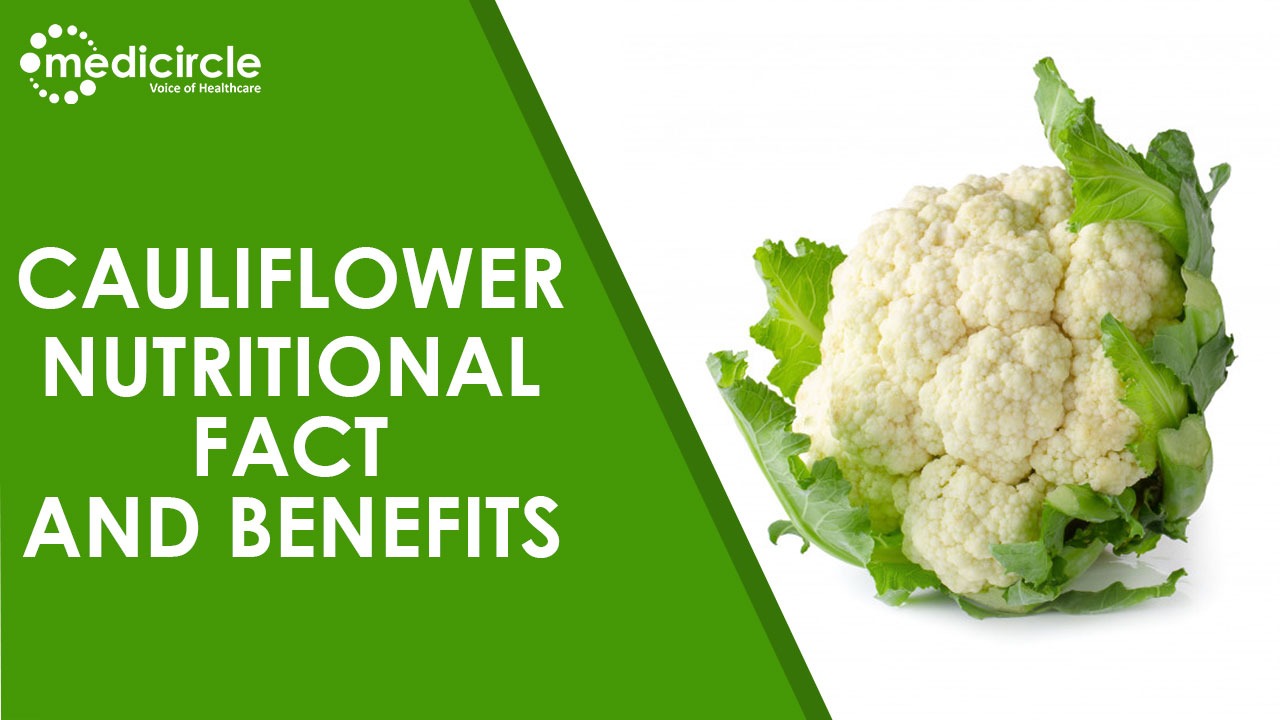Cauliflower is one of the most commonly eaten vegetables in winter. It tastes so good and so are its properties and eating benefits. If we talk about vitamins and nutrition, 100 gms of cauliflower contains the maximum quantity of carbohydrates. It fulfills 70 – 100% of the daily requirements of vitamin C. Other than this it also contains 2% calcium and iron, 6% potassium, and 3% magnesium. All these properties can protect you from many diseases during winter. There are many more advantages of having it –
Immunity booster – Cauliflower contains a high amount of vitamin C which acts as an antioxidant. Because of its anti-inflammatory effect, it also improves our immune system and protects the body from various infections and diseases.
Improves digestion –100 gm. of cauliflower contains 92 gms of water that helps in keeping you hydrated. It is a good source of fibers too which prevents constipation and keeps the digestive system right. Cauliflower also comprises an element called glucosinolates that allows the proper functioning of the digestive system.
Protect against seasonal flu – Vitamin C present in cauliflower can shield you from cough and cold from seasonal flu. It is beneficial for your skin too. In addition to this, cauliflower is also a rich source of carbohydrate that gives you energy so that you keep going.
Antioxidant – It is considered to be a rich source of antioxidants. These antioxidants defend us from harmful fine radicals and inflammation. Although there are many antioxidants, the presence of glucosinolates and isothiocyanates antioxidants in cauliflower are the masters against lung, breast, and prostate cancer.
Beneficial for heart health – Cauliflower also contains carotenoids that are considered to be very useful for heart-related diseases. Also, these antioxidants of cauliflower help in the proper circulation of blood. You can get an idea of ​​the effect of these antioxidants by the fact that 100 gms of fresh cauliflower contains 266.1 mg flavonoids which are enough to take care of your heart health.
Cooking time – Keep the cooking time minimum, it enhances flavors and retains essential nutrients. Vitamin C, phytonutrients, and flavonoids are not destroyed after cooking.
How to select best – Look for clean, creamy white, compact cauliflower. The bud clusters should be packed tightly with no voids. Try to find the flower which is surrounded by leaves, those are the freshest. Even the leaves of cauliflower are very nutritious. This generally comes in October - November, It's good to have it in winter.

 Cauliflower is a great source of nutrients. It contains unique antioxidants that are very useful. It is rich in carbohydrates. It can replace high carb food in many recipes
Cauliflower is a great source of nutrients. It contains unique antioxidants that are very useful. It is rich in carbohydrates. It can replace high carb food in many recipes










.jpeg)



.jpg)





.jpeg)



.jpg)


.jpg)




.jpg)


